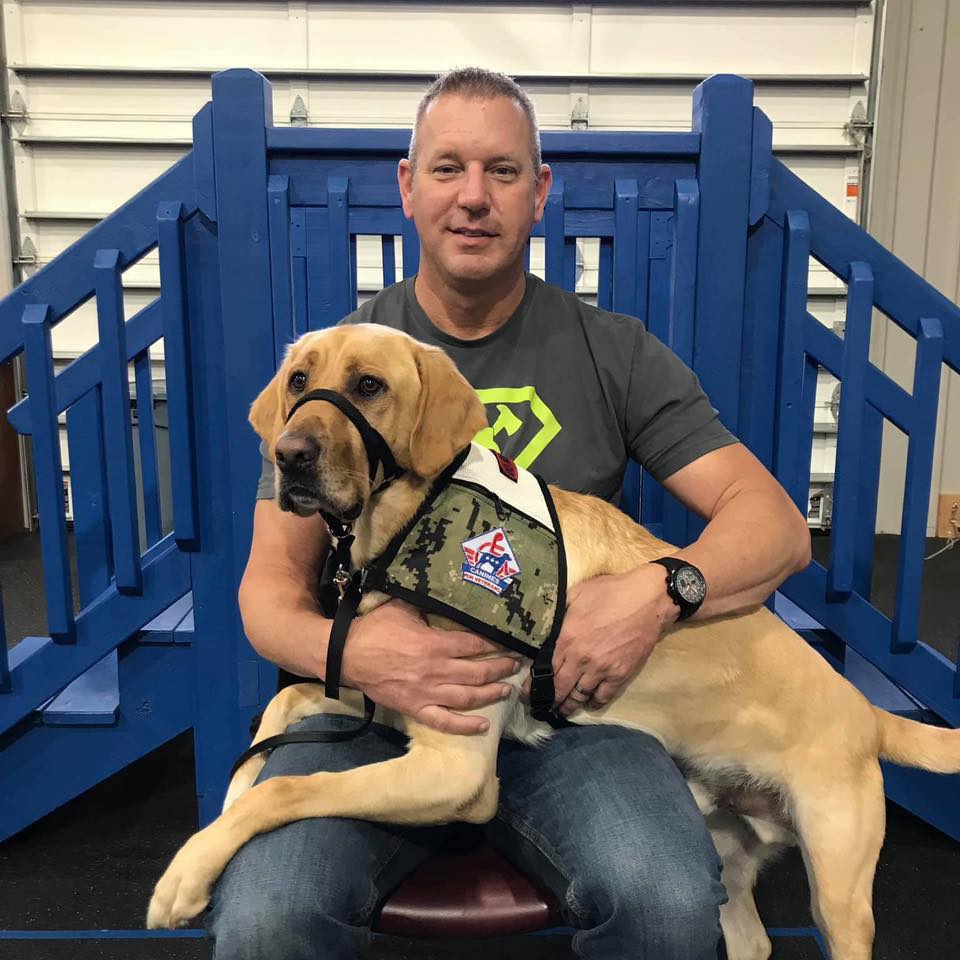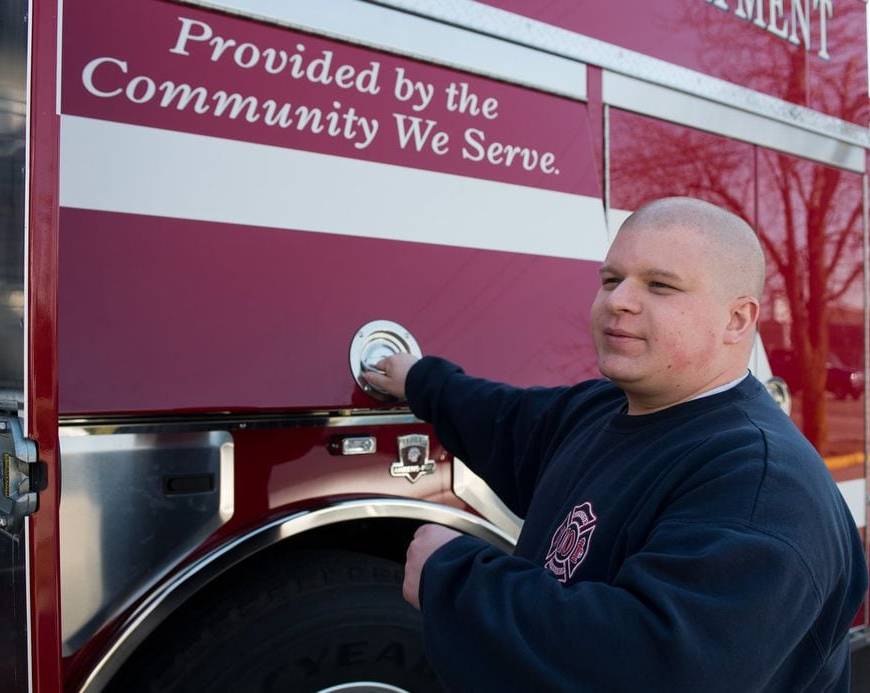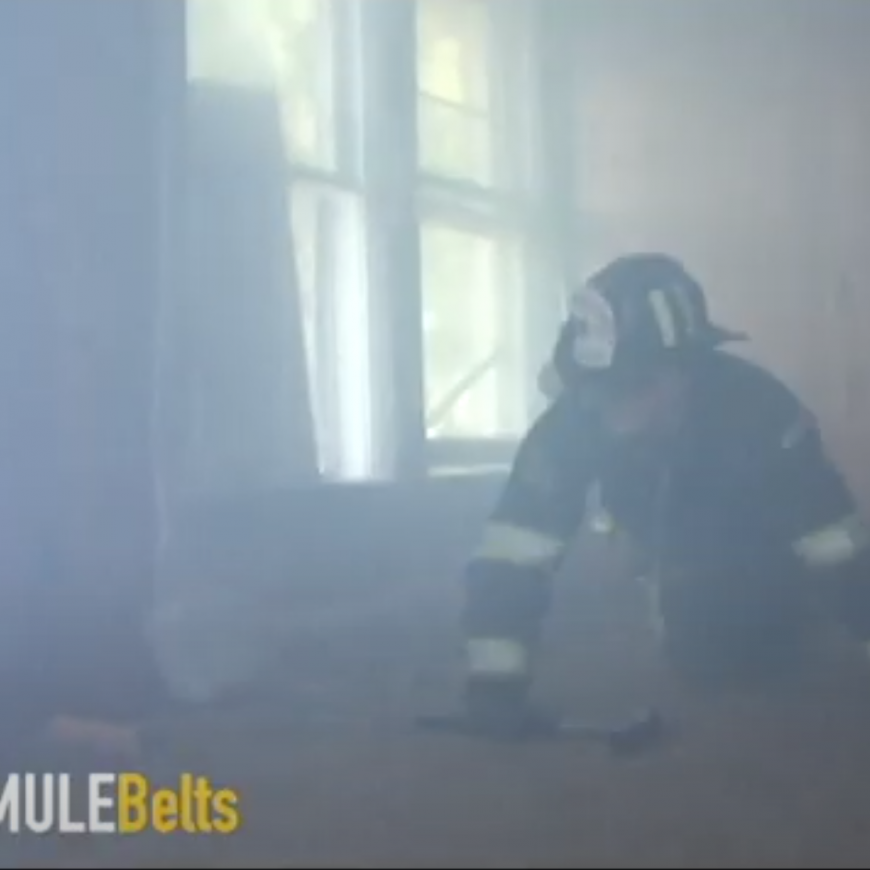This article is dedicated to the memory and legacy of Atlantic Beach Fire Department Chief Adam Snyder. Chief Snyder was an incredible husband, father, friend, mentor, leader, and advocate for mental health. Prior to his death, he led the Eastern Division of the North Carolina Peer Support Team. He never hesitated to be there for a fellow first responder in need, and on the second Tuesday of every month, he led first responder support group meetings open to anybody in need. He was the only person I ever knew who was able to support others who were suffering, while simultaneously fighting for his own mental health. The article closes with an email Chief Snyder sent me explaining the difference between therapy, service, and emotional support dogs. He also explains how the service dog helps people who are suffering from PTSD.
Last week, on the Carolina Brotherhood ride, founding member Pete Biviano brought his service dog, Adam. Pete has been dealing with PTSD for the last four years, and has struggled with recovery because he has a difficult time expressing emotions. With Adam in tow, we were able to witness the beautiful bond between the two. Adam brought out a confidence in Pete that was expressed through Pete’s love and care for the dog. Prior to being matched, Adam learned Pete’s mannerisms so he could detect anxiety and behavioral changes triggered by Pete’s PTSD.
Adam’s job is to keep a watchful eye out on Pete, and step in whenever Pete needs support or a nudge to reach out rather than detach. With Adam by his side, Pete experienced his most engaged and social ride in the history of the Carolina Brotherhood.
It was absolutely beautiful to see Adam in action, and through his work, witness Pete push through his anxiety. As Pete said, “it’s really hard to understand how a service dog works until you witness it in action.” For those of us who have known Pete for the last decade, we were blown away by their interaction and Adam’s ability to care for Pete.
PTSD has been termed a disorder of recovery because in order to recover from trauma, individuals must be able to open up and share their thoughts, feelings, and struggles. When they don’t feel safe doing this, they are unable to process the trauma, and their limbic system (emotional brain) remains stuck in fight or flight. This leads to an array of symptoms that can include hyperarousal, avoidance, detachment, depression, and even suicidal behavior.
Of all the protective factors and treatments for PTSD, positive social support has been found to be the only one that works for all people. However, social support is a two way street that requires engagement, meaningful conversation, and trust.
For people like Pete, who bottle their emotions, service dogs work as social facilitators to help reduce the risk of social isolation. Another important feature is the dependence of the animal on a human for exercise, feeding, and grooming. This dependence requires an individual to express protective and caring behavior that promotes engagement with other people through behavioral activation. In fact, behavioral activation is a primary treatment for both PTSD and depression among veterans returning home from deployment. Behavioral activation is a critical skill that is used in treatment to help individuals understand how their behaviors influence emotions.



